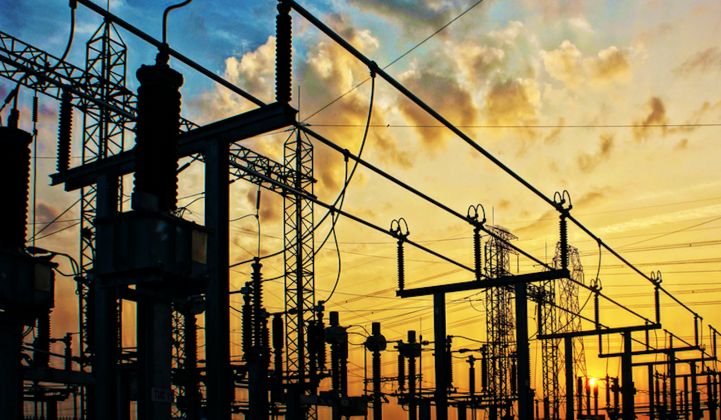The future isn’t what it used to be.
That’s the title of a speech given by Steve Jobs in 1983, in which he laid out his vision for a world dominated by personal computers, wireless connectivity, and applications to help consumers navigate the digital world.
"The kids growing up now are definitely products of the computer generation, and in their lifetimes the computer will become the dominant medium,” proclaimed Jobs. The Macintosh hadn’t even hit the market at the time of the speech.
Jobs accurately identified how technology change would transform our lives -- and thus transform the business of computing -- before almost anyone else.
Today, experts across the energy industry are predicting a similar shift toward a decentralized, digital and dynamic grid system. The electricity business is much different from the consumer tech business. But similar forces of change are at work: the dropping cost of sensors, power electronics and technologies like solar; the ubiquity of software and surge in new data; and a growing consumer desire for personalized products.
Executives of electric utilities and the regulators that oversee them are currently sitting in a similar place as Steve Jobs in 1983. Will they embrace the coming transformation in power delivery and help build their companies and the industry into “next-generation” utilities? Will they seize the trillion-dollar opportunity before them?
The future isn’t what it used to be for the electricity business.
As part of a next-generation utility series at GTM, experts from PA Consulting will explore the wide range of technology, regulatory, business and customer behavior trends that are transforming the electricity sector over the course of 2016. They’ll also provide a detailed approach to scenario planning and strategy using FutureWorlds. Read all the content here.



